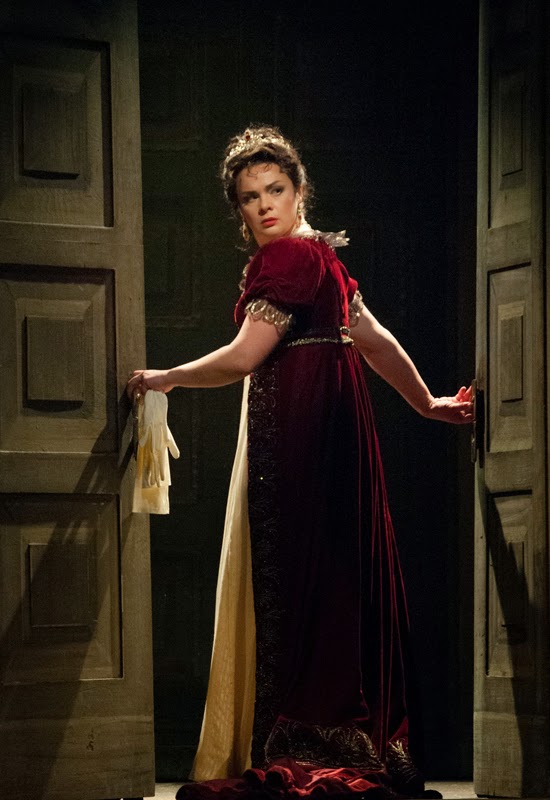

Puccini’s vision for this opera was to base it in verismo or heavy realism-dealing with heavy subjects and naturalistic settings. This was no opera to be based in fairytale or myth as so many of his predecessors had done- he fully embraced verismo, or the “realistic” style of opera characterized by violent plots, naturalistic singing, passionate declamation, and emotionally-charged harmonies and melodies. When Puccini set out to write Tosca, he did his research. Puccini’s Tosca is a prime example of this.

While a film or television show can be replayed over and over to the same dramatic effect, you only get a few chances to see a piece of theatre before it completely disappears, and no two performances are ever the same.Īnd while your favorite TV show is confined to the flat-screen device in your living room, one of the things that sets theatre-and more so opera-apart from television is how much the production can expand beyond the edges of the stage. Theatre is a unique form of entertainment.


 0 kommentar(er)
0 kommentar(er)
